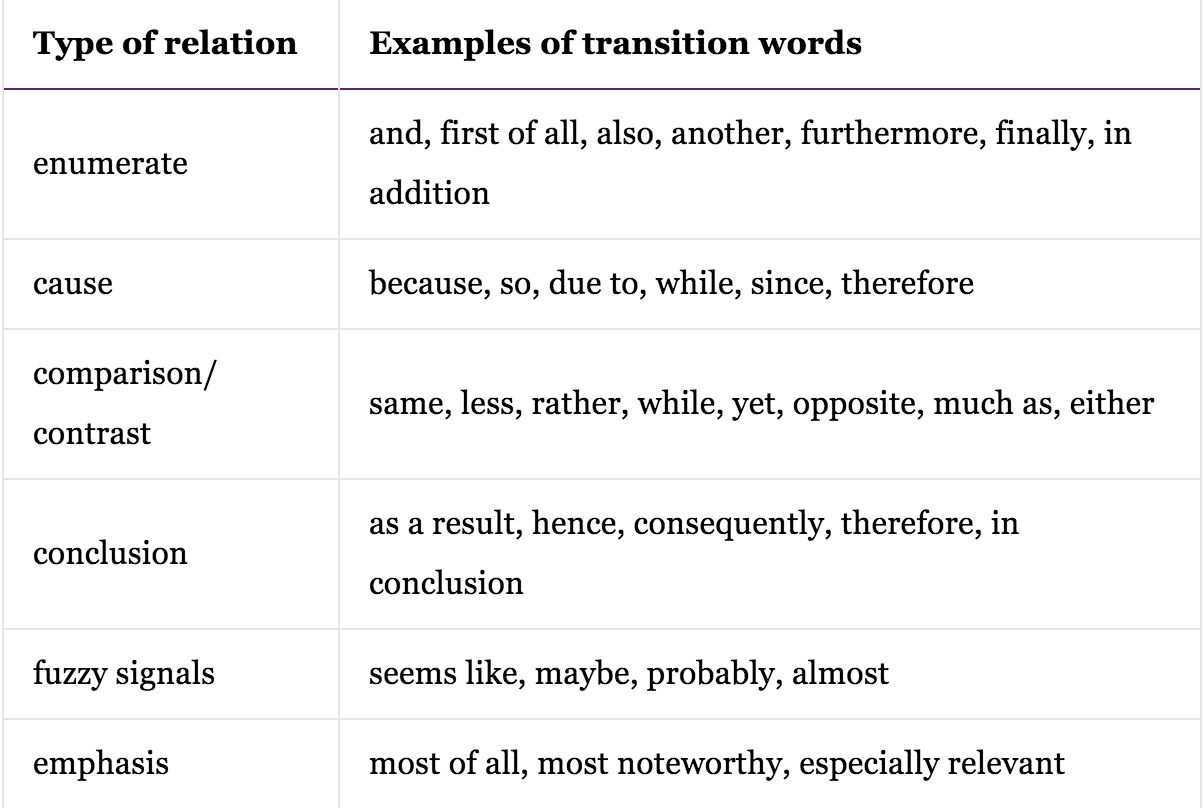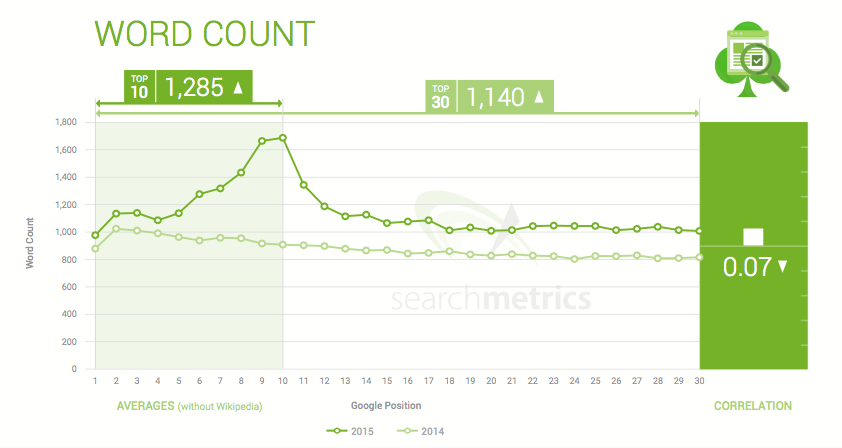
Looking at Quality Content
You’ve probably heard the phrase ‘quality content’ bandied around, especially in the context of ‘Google loves quality content’. But what does this phrase really mean? How can a machine learning algorithm determine whether an article is ‘good’ or not. Well it will never judge for personal taste of course, but there are some technical things you can do to make sure your content is deemed worthy, not just to anonymous digital spider crawlers but also real human readers too.
1) The most important element when it comes to creating content that ranks highly, write for human readers, not search engines. Increasingly Google is moving away from giving keywords top priority when it comes to ranking signals and is instead giving preference to the user experience.
How do you achieve this?
2) Don’t overstuff your page with keywords and phrases, while shoe-horning in as many variations as possible. Instead write something a reader can genuinely engage with and enjoy or learn from. This is what will keep a visitor on your page, navigate further around your site and ultimately share your very well written content.
3) Grammar and spelling: an obvious one sure, but it’s vital to double-check spelling and grammar with a thorough spell-check AND proof-read from a fresh pair of eyes. Google will probably spot multiple glaring mistakes, but more importantly if you’re making multiple typos then visitors will trust your content less.
Readability
4) It’s worth checking your content against the Flesch reading ease test. This will give your content a score based on how well it can be understood by readers. Although this hasn’t been explicitly stated by Google as a ranking signal, Yoast uses the test in its WordPress SEO tool and it’s certainly something to consider when you’re trying to improve readability.
You probably want to be aiming for a readability score above 60%.
readability score
Yoast also offers a number of other recommendations to improve the readability of your text, these include:
5) Keep your sentences short. Make sure that no more than 25% of your sentences contain more than 20 words.
6) Keep your paragraphs short. Make sure each paragraph doesn’t exceed the recommended maximum of 150 words. It’s worth double-checking that any lengthy paragraphs are covering only one particular topic.
7) Use an active voice. Only 10% of your sentences should be written in a passive tense.
8) If using subheadings, make sure the number of words following each of the subheadings doesn’t exceed the recommended maximum of 300 words.
9) Try to make sure that roughly 50% of your sentences contain a transition word.
transition words
Formatting
10) White space: when writing for the internet, break up your paragraphs as often as possible. Lots of white space makes reading text on mobile phones a heck of a lot easier (more than half of most websites’ traffic comes from mobile), and clearly formatted articles are used as a Google ranking signal.
11) Opening paragraph: this shouldn’t be longer than one or two sentences. Make sure the thing you’re writing about is mentioned in the first sentence (i.e. your focus keyword or phrase). I like to bold the first paragraph to make it distinct.
12) Subheadings: use plenty of subheadings to break up the text. Follow a logical order of h2 and h3 tags.
h2 and h3 tags
13) Bullet points and numbered lists: these help break up the text and makes a page more readable. Remember: nobody ever skips bullet-points.
Length
14) It’s perhaps time to ditch the long-held notion that the minimum word count should be 300 words per post.
The latest research from Searchmetrics on ranking factors indicates that Google is moving further towards longer-form content that understands a visitor’s intention as a whole. Short posts naturally won’t be going into anything in great detail, so length is an obvious signal.
According to Searchmetrics, the average text length of the top 30 pages increased by 25% since 2014. Posts in the top 10 exceeded a word count of 1,285.










